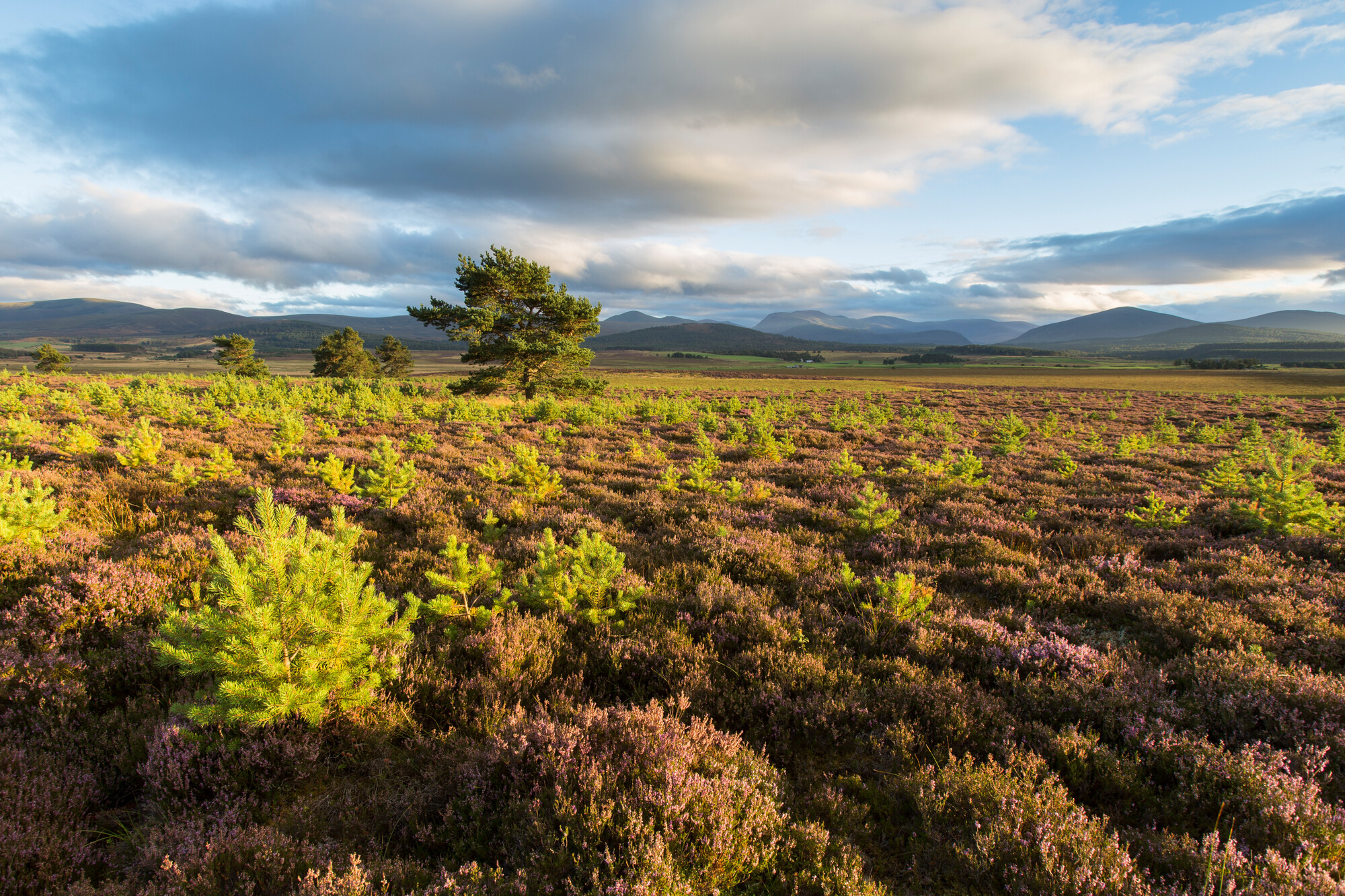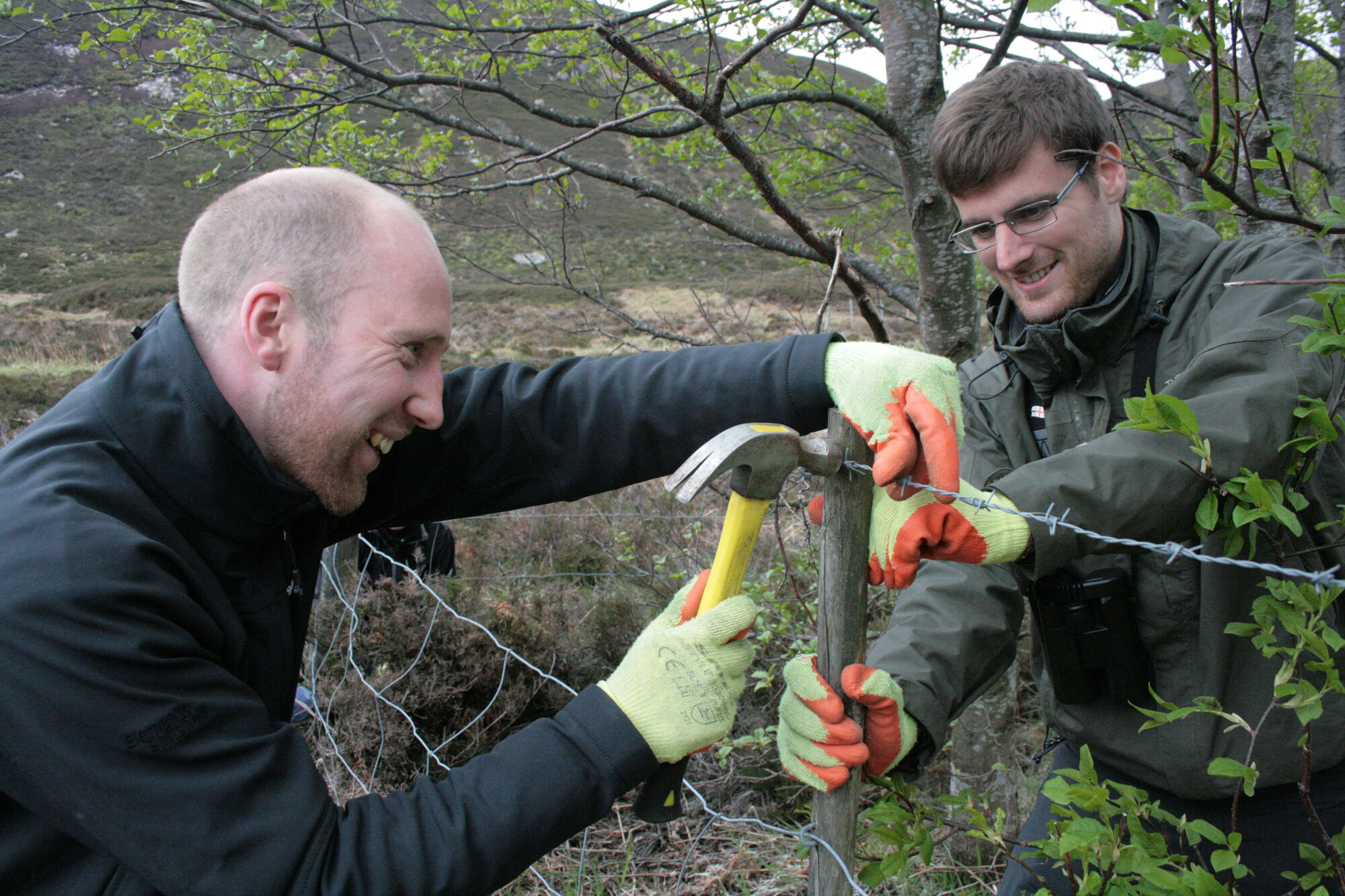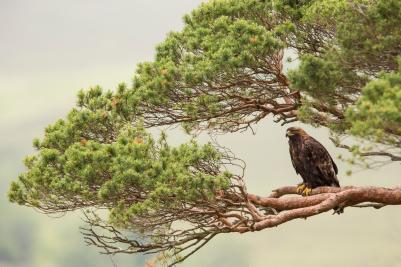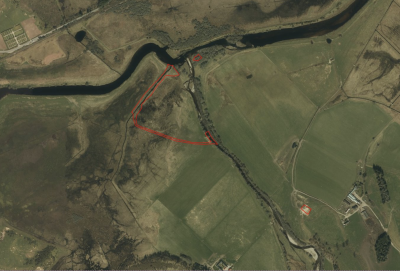Some ants have been released!
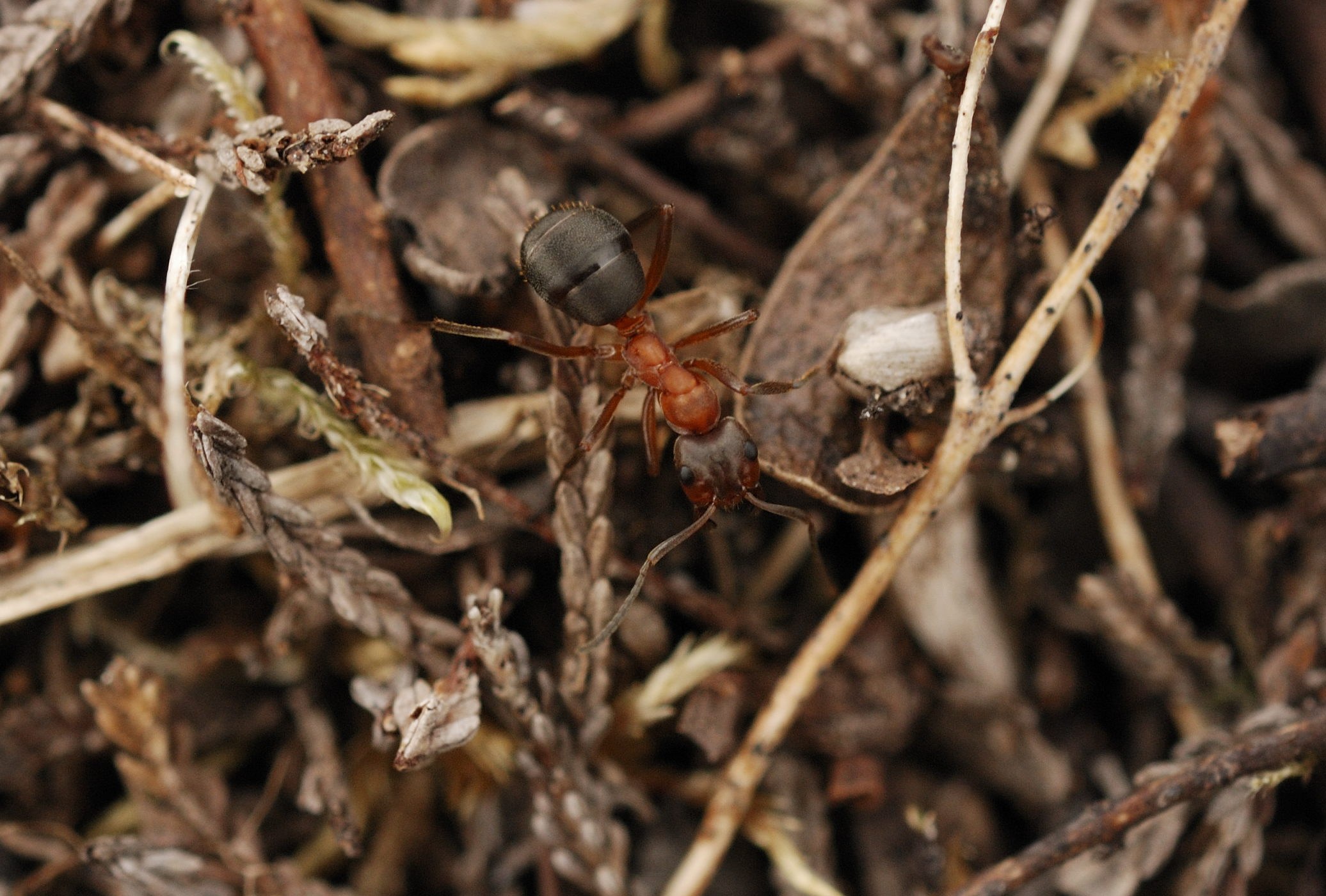
There are over 50 species of ant in the UK, and here in Strathspey we have several species; one in particular is a lovely and curious little beast known as the narrow-headed ant. It’s one of the UK’s rarest and most threatened ant species and it has its UK stronghold right here in the National Park.
It lives in colonies of hundreds to thousands of individuals and builds a domed, thatched nest using dead grass and heather. Their perfect habitat is the edge of woodlands, but historical removal of woodland cover has left a few disparate pockets of these ants scattered around the National Park. These concentrated hot spots of ant heaven are vulnerable to sudden changes in their habitat, such as grazing pressure - less grazing can mean taller vegetation growth and woodland regeneration, which in turn shades out the nests. At the same time, a single wildfire could spell disaster for the species nationally.
I have been charged with putting some of the skills I developed in my misspent ‘ant-loving’ youth to work with the Cairngorms National Park Authority to try and solve some of these problems and help this amazing species. Over the last year my house has been filled with ants as I’ve unwittingly become an ant farmer, trying to rear start-up colonies to be ‘planted’ in new suitable locations.
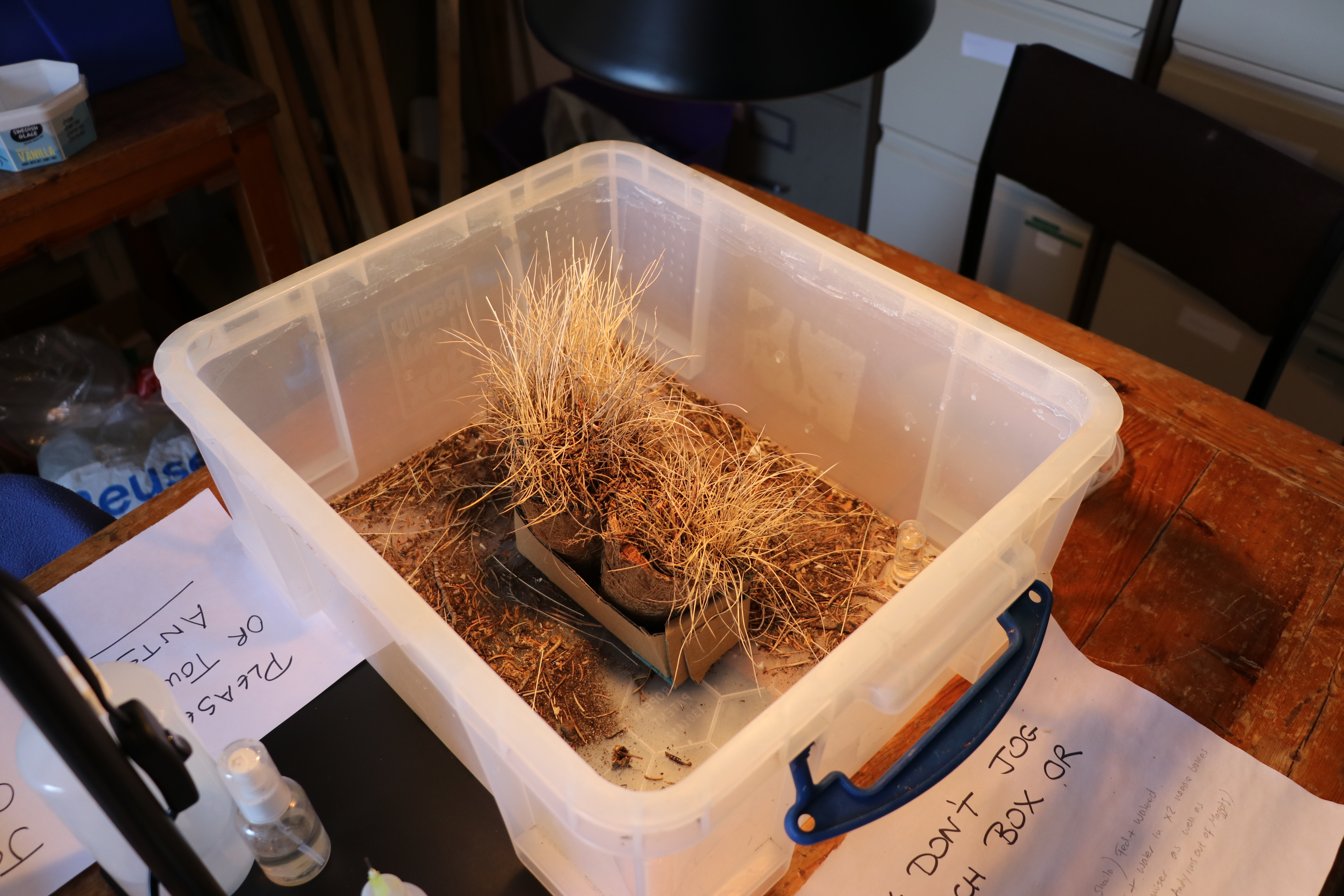
Over the summer months I have been visiting a lot of nests - waiting for the winged ‘flying’ ants to appear. I collect the virgin queens and males as they emerge, pop them in a net cage, create the right conditions for breeding and then we set up that mated queen in a formicarium (a fancy word for a plastic tub and a couple of test tubes) to let her go about the business of starting a new colony.
The project had success this year with a thriving nest that had been nurtured in my front room since last summer being returned to a new home on the National Trust for Scotland’s Mar Lodge estate (where there is a remnant population of this ant). This is the first time this has ever been achieved and could be a game changer for the survival of this species.
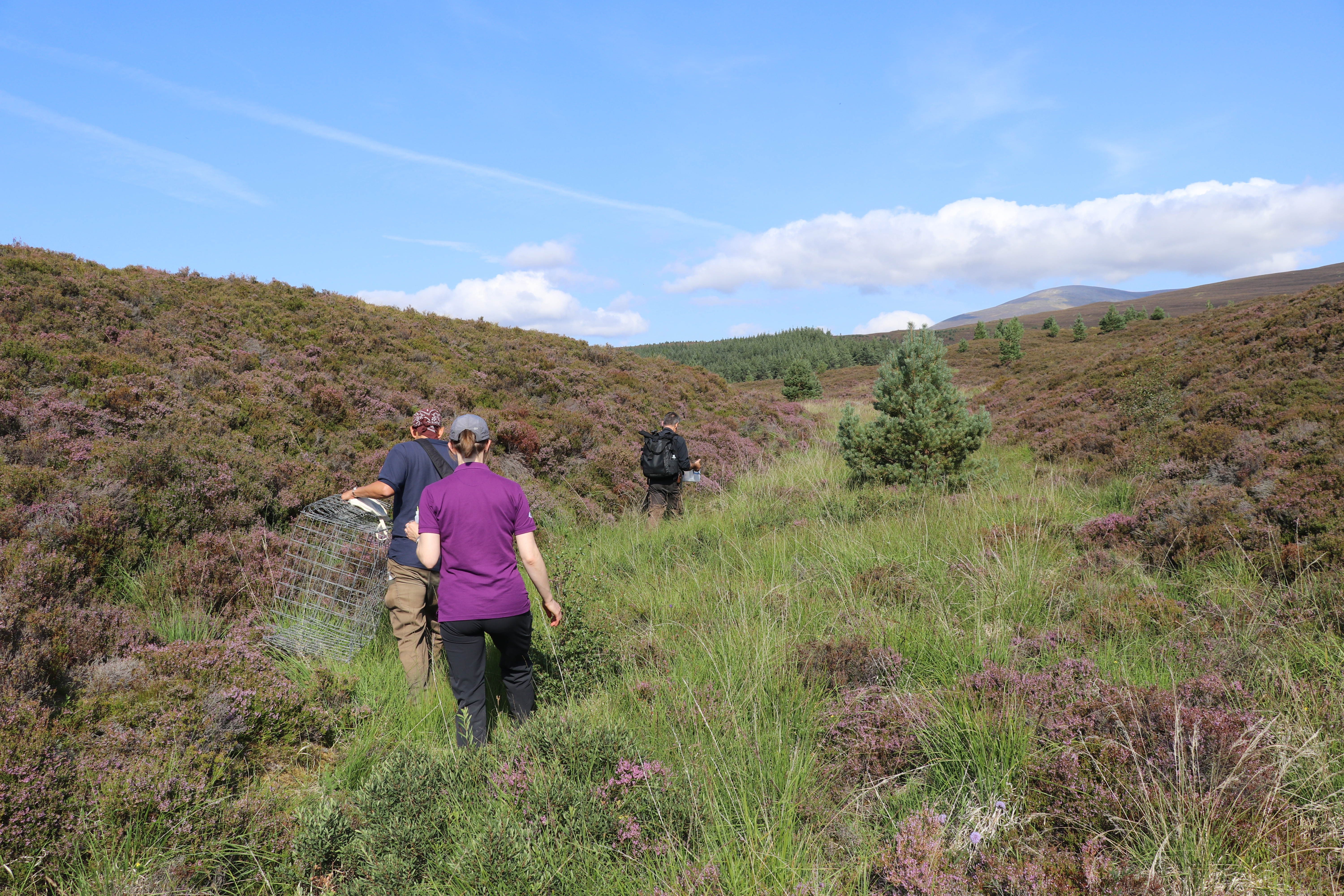
So you might ask, why we need the species to survive? The narrow-headed ant, and its cousins, the hairy ant and Scottish wood ant, pack a huge ecological punch for their size. They are vital to nutrient recycling, they condition the soil, help with seed dispersal of wildflowers, they prey upon other insect species - helping to control populations – and support many other species; that either prey upon them (Capercaillie amongst them) or live as guests or parasites within their complex colonies.
If you come across any ant hills when you are out and about, please jot down your sightings (location, date, etc.) and send them to [email protected]as we are collating these into a wood ant database to help us get a more accurate idea of where they live in the National Park.
Watch this space for more antics from the ant farm.


